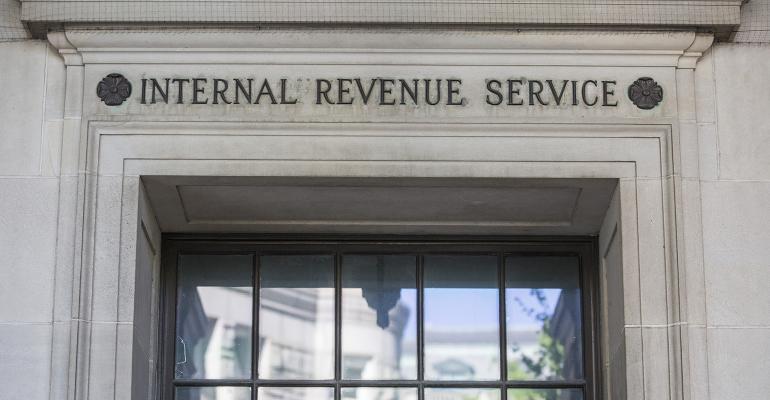An audit launched by the Treasury Inspector General for Tax Administration revealed that the Internal Revenue Service has stopped complying with a 2020 Treasury Directive requiring the agency to audit a minimum of 8% of all high-income individual returns filed each year, that is, those individuals with incomes of $10 million or more. The report’s goal was to understand better the impact on audit productivity that comes from focusing audit resources on taxpayers above certain high-income thresholds.
According to TIGTA, the IRS complied with the 2020 Treasury Directive for three tax years but broke away to follow a broader 2022 Treasury Directive instead as part of the Inflation Reduction Act’s IRS funding efforts. The directive instructed the IRS to increase the audit rate of taxpayers with incomes above $400,000, citing the previous audits as unproductive and yielding high no-change rates.
Audits of $10 Million Income and Up Category More Effective
The TIGTA report found, however, that the audits targeting high-net-worth individuals with incomes of $10 million or more were more productive than those on individuals with incomes over $400,000 but less than $10 million. For six tax years, between 2016 and 2021, the Small Business/Self-Employed Division assessed over $574 million, averaging approximately $124,389 per return and approximately $2,220 per hour for individual returns with total positive income of $10 million or more, compared to only an average of $31,000 in assessments for audits on incomes of more than $400,000 but less than $10 million during the same time. That’s four times more dollars assessed per return for the $10 million and up category.
The report also found that Large Business and International Division case selection methods in place prior to the 2020 Treasury Directive resulted in better productivity metrics when compared to post-Treasury Directive results. Before the 2020 directive and before modifications to the selection methodology, exams of returns of taxpayers earning $10 million or more were nearly six times more productive based on the average dollars assessed per return. The LB&I Division attributed the increase in the no-change rate to workforce attrition.
TIGTA Recommendations
Based on their findings, TIGTA recommended the IRS include a separate category for taxpayers with incomes of $10 million or more to ensure the productivity of examinations on these high-income individual returns are tracked and analyzed as compared to examinations of taxpayers at other income levels and identify the potential causes for the LB&I Division’s low productivity examination results and monitor measures to ensure that the most productive returns are selected for examination.
IRS’ Response
The IRS partially agreed with the recommendations, stating that it already categorizes taxpayers by various income levels, including $10 million and up and that it’s taken steps to identify causes of low productivity exams. However, it disagreed that it should compare specific income levels.
The IRS’ response letter to the report also boasted some of its major accomplishments, such as recovering $520 million as of January 2024 from taxpayers with more than $1 million in income who have either not filed taxes or evaded paying them. The response also referenced the IRS’ recently updated Strategic Operating Plan, which includes plans for the agency to modernize its antiquated technology and use new enforcement staff to increase audits on HNW taxpayers, so long as Congress maintains the Act’s funding levels.
These findings suggest that President Biden’s push to increase audit rates (following the large boost in funding) for taxpayers earning over $400,000 might not be as effective as narrowing in on the $10 million and up group. The President’s current campaign is promising audit increases across the board for big corporations, partnerships and multimillionaires.





